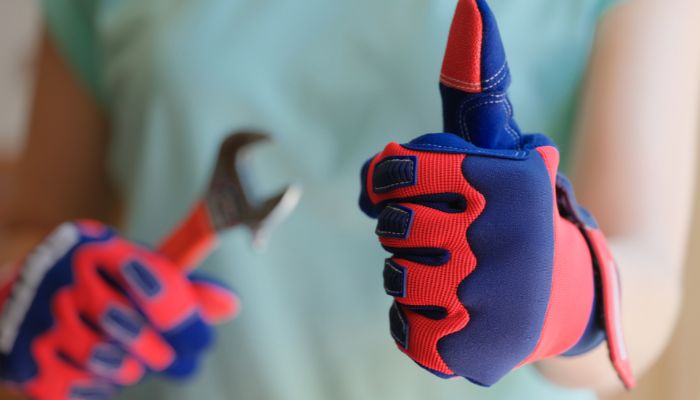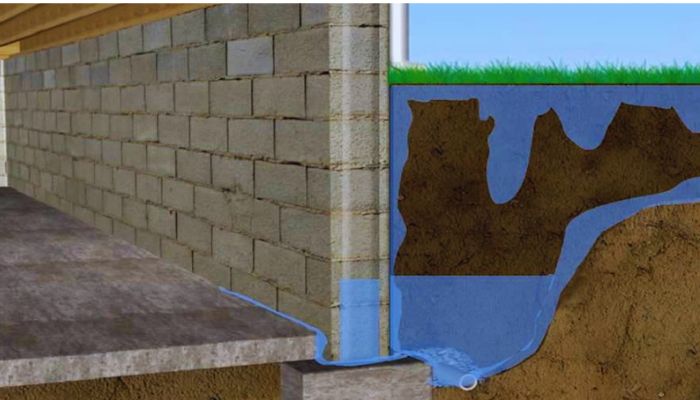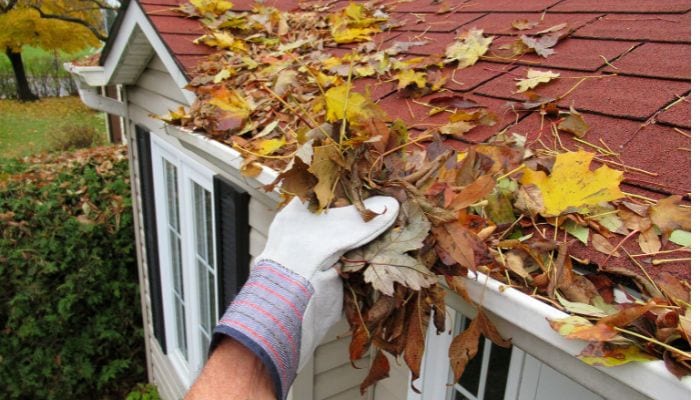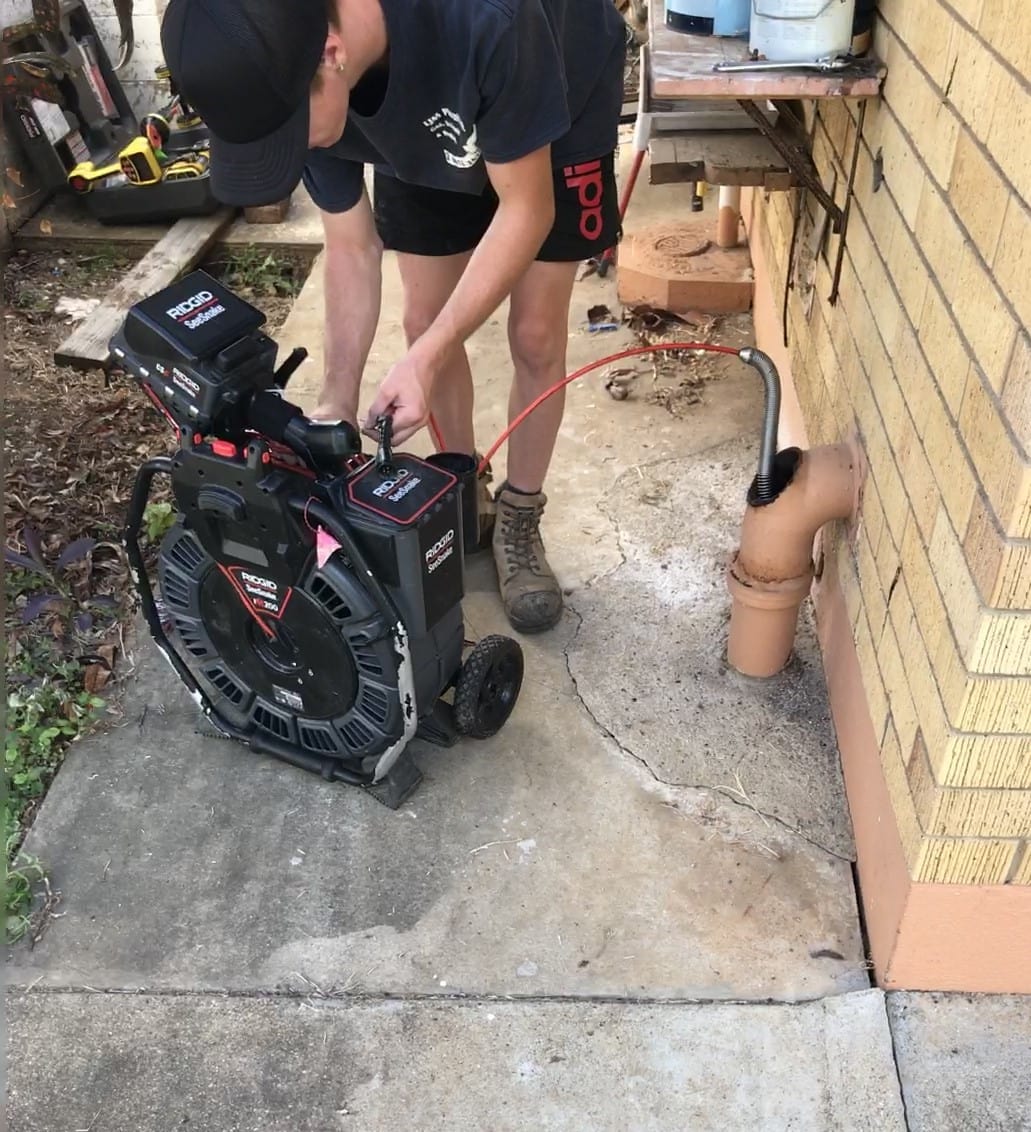LJM Plumbing, your trusted solution for water seepage challenges, specializes in effectively handling various types of basement and foundation water issues. Whether you’re facing basement floor seepage, a persistent basement leak, or complex hydrostatic water seepage, our expert team is equipped to provide the right fix. We understand the nuances of basement water seepage, leaking foundations, and the importance of stopping water seepage in your basement.
Our experienced professionals are adept at addressing underground water seepage and wall water seepage, ensuring your home’s foundation remains secure and dry. At LJM Plumbing, we don’t just fix basement leaks; we provide lasting solutions to protect your home from the adverse effects of water seepage. Contact us today to find out how we can help with your seepage problem.
A home’s foundation is the bedrock of its structural integrity, and seepage water can wreak havoc on this crucial component. But fear not! This comprehensive guide will not only help you understand the causes of seepage water but also provide effective solutions to prevent it. By the end of this article, you’ll be well-equipped to fix excess water seeping in head-on and safeguard your home’s foundation for years to come.
Key Takeaways
-
- Understand seepage water and hydrostatic pressure to prevent damage.
- Identify signs of excess water, mitigate with waterproofing techniques & regular maintenance/inspection.
- Seek professional help when necessary for effective solutions to address issues.

Understanding Seepage Water
Water seepage is the unwelcome process of water flowing from one place to another through small holes or porous materials, such as your home’s foundation walls. Fixing water seepage is vital since it can spawn various problems such as mold growth, foundation degradation, and depreciation of your home’s value.
Two main culprits behind water seepage are hydrostatic pressure and common entry points in your home, such as foundation cracks and window wells. Protection against water damage comes from comprehending the sources of seepage and taking the necessary precautions.
Hydrostatic Pressure
When water accumulates beneath your home’s concrete flooring, it can create hydrostatic pressure, ultimately forcing water to rise through existing cracks and infiltrate your basement. If the pressure against the foundation walls persists, it can cause them to bow or rotate, leading to significant structural damage.
But that’s not all. Structures built on hills or slopes can be severely impacted by soil migration, a process where groundwater permeates the soil and travels through it, causing soil consolidation and shift. Installing subsoil drains in the ground surrounding your home can help mitigate this issue by redirecting water away from your home’s foundation.
Common Entry Points for Seepage Water
Aside from hydrostatic pressure, common entry points for water seepage include foundation cracks and window wells. During storms, window wells can collect surface water, and if not in optimal condition, they can allow water from the soil to permeate the well, impeding drainage and potentially affecting the concrete foundation due to pressure forces.
In addition, even minor foundation cracks can act as conduits for water to enter your home, leading to excess moisture issues and potential damage to the foundation. To prevent water seepage through window wells, consider installing window well covers or repairing window well liners, thus protecting the soil surrounding your home’s foundation.
Identifying Signs of Seepage Water in Your Home
Effectively addressing water seepage hinges on recognizing the warning signs. Typical indications of water seepage in buildings include mold or damp patches, musty odors, and physical damage such as peeling paint, stains, and rust. If you notice these signs, it may be necessary to consider foundation repair to address the issue.
Indoor Air Quality Issues
Water seepage can significantly impact your home’s indoor air quality. Musty odors caused by mold and mildew growth are a telltale sign that excess water is wreaking havoc in your living space. Identifying the water seepage source and eradicating any mold or mildew can help eliminate the odor, thereby protecting your rooms from further damage.



Physical Signs of Damage
Physical signs of water seepage damage are easy to spot if you know what to look for. Some common indicators include:
-
- Peeling paint
- Stains
- Rust
- Humid or moldy air in basements
- Water leaks
- Foundation cracks
- Spaces around windows
- Damp spots on walls
These signs suggest that water is infiltrating your home and causing harm.
Water seepage can also lead to rust by introducing moisture to metal surfaces, eventually causing structural damage. Promptly addressing these problems can help hinder further deterioration and safeguard your home’s foundation.
Causes of Seepage Water Problems
Implementing effective solutions to fix water seepage requires understanding the root causes. Common sources of seepage water include soil saturation and plumbing leaks or defects.
Soil saturation occurs when the soil is completely filled with water, leaving no air space. This excess water in the soil surrounding the foundation can lead to water seepage and foundation damage.
Soil Saturation
Soil saturation can be a major contributor to water seepage. When the soil is saturated, it can no longer absorb or retain excess water, causing it to flow through the soil and potentially damage your home’s foundation. High rainfall intensity and duration can affect soil saturation by causing surface sealing and increased runoff, ultimately leading to saturation-excess overland flow.
Implementing preventive measures like proper drainage systems, sump pump installations, and waterproofing techniques are vital to safeguard your home from the dangers of saturated soil.
Plumbing Leaks and Defects
Plumbing issues can be another significant cause of water seepage problems in your home. Leaks in pipes or broken sewer lines can lead to water accumulation around the foundation, resulting in house seepage and potential damage.
Regular inspection of your plumbing system for signs of wear and tear is important for preventing plumbing-related water seepage, and necessary repairs should be undertaken promptly.
Effective Solutions for Seepage Water Prevention
Safeguarding your home’s foundation requires the implementation of effective solutions for seepage water prevention. Proper drainage systems and waterproofing techniques are two key methods that can help you prevent water seepage and maintain your home’s structural integrity.
Proper Drainage Systems
A proper drainage system is essential for controlling water and preventing seepage, thereby reducing the risk of harm to your home’s foundation. Residential homes typically utilize four main types of drainage systems:
-
- Surface drainage system
- Subsurface drainage system
- Slope drainage system
- Downspout and gutter system
The slope plays a critical role in effective drainage by facilitating the flow of water away from your home, preventing water accumulation and potential foundation damage.

Waterproofing Techniques
Various waterproofing techniques can help protect your home from water seepage, such as:
-
- Liquid-applied membranes
- Crystalline waterproofing systems
- Polyurethane-based sealants
- Torch-on membrane waterproofing
- Epoxy coatings
Exterior waterproofing works by:
-
- Forming a barrier between your home’s exterior walls and the adjacent soil
- Preventing water infiltration
- Directing water away from the home through a drainage system
Employing these techniques, including proper installation of a cove joint, can help prevent seepage and water seepage effectively, maintaining your home’s foundation.

Regular Maintenance and Inspection
Preventing water seepage issues necessitates regular maintenance and inspection. Detecting seepage problems early can help you avoid damage to your home’s foundation and save you time, money, and stress in the long run.
It’s recommended to conduct professional inspections at least once a year to ensure prompt detection and prevention of seepage water issues.
Gutter and Downspout Maintenance
Maintaining your gutters and downspouts is an essential aspect of preventing water seepage problems. Regular cleaning and inspection can ensure proper water diversion away from your home, thus protecting your foundation from water damage.
It’s recommended to clean your gutters and downspouts at least twice a year, or more frequently depending on local conditions and the presence of trees around your residence.
Foundation Crack Repair
Preventing water seepage and safeguarding your home’s structural integrity necessitates the repair of foundation cracks. Foundation cracks can allow water to enter the foundation, causing damage and potential structural issues.
Effective methods for repairing foundation cracks include:
- Epoxy injection
- Steel piers
- Carbon fiber staples
- Patching with paint
Addressing foundation cracks can help prevent water seepage and protect your home from further decay.
Professional Help for Seepage Water Issues
In some cases, water seepage issues may be beyond the scope of a homeowner’s abilities. It’s essential to know when to enlist professional help for water seepage issues.
A professional can identify the problem and provide appropriate solutions to prevent further damage.
When to Call a Professional
When you notice the following signs, it’s time to call a professional for help with water seepage issues:
-
- Continuous water meter ticking
- Water damage and discoloration
- Foundation cracks
- Unpleasant odors
- Escalating water bills
- Mold or mildew presence
- Wet floors or damp carpets
- Wet wall stains
Consulting with building professionals or plumbers can assist in identifying the problem and providing suitable solutions to prevent further deterioration.
Choosing the Right Expert
Choosing the appropriate expert for your water seepage problems is vital. When choosing a professional, consider the following factors:
-
- Experience
- Expertise
- Qualifications
- Reputation
- Insurance
- Cost
- Communication skills
LJM Plumbing, Gas & Drainage, for example, offers services in all areas ranging from the Sunshine Coast to the Gold Coast and operates 24/7, employing a team of highly experienced plumbing professionals.
Summary
In conclusion, water seepage can pose a significant threat to your home’s foundation and structural integrity. By understanding the causes of seepage, recognizing warning signs, and implementing effective solutions, you can prevent water seepage and preserve your home’s foundation. Regular maintenance, inspections, and professional help when needed will ensure that your home remains a safe and secure haven for years to come.
Frequently Asked Questions
What is seepage water?
Seepage is the process of water flowing from one place to another through small holes or porous material, typically due to rainwater surface runoff, underground water, faulty plumbing, or burst sewer and water mains. It is an issue commonly caused by rising groundwater levels after heavy rainfall that results in hydrostatic pressure against foundations.
What is an example of a water seepage?
Water seepage is commonly caused by defective pipes, deteriorated waterproofing or rainwater penetrating a building’s roof, podium, balcony, external wall or window.
How do you fix water seepage?
To fix water seepage, it’s important to clean clogged gutters and downpipes, scrape old caulking, put on new flashing or replace faulty sprinkler systems. Additionally, seal up any cracks on the ceiling using cement, mortar, or other durable materials, then apply waterproof putties and coatings. To keep seepage from happening again, make sure outlets, drainpipes, and rainwater pipes are cleared for smooth passage of water.
How can I identify signs of water seepage in my home?
Look for signs of water seepage such as mold, damp patches, musty odors, peeling paint, stains, and rust.
What are some effective solutions for preventing water seepage?
Proper drainage systems and waterproofing techniques are effective solutions for preventing water seepage.

Get A Quick Quote
Got a query? Give us a call on 0412 267 000 or Please fill in the enquiry form below and a member of our Brisbane plumbing team will give you a call at a time to suit you.


